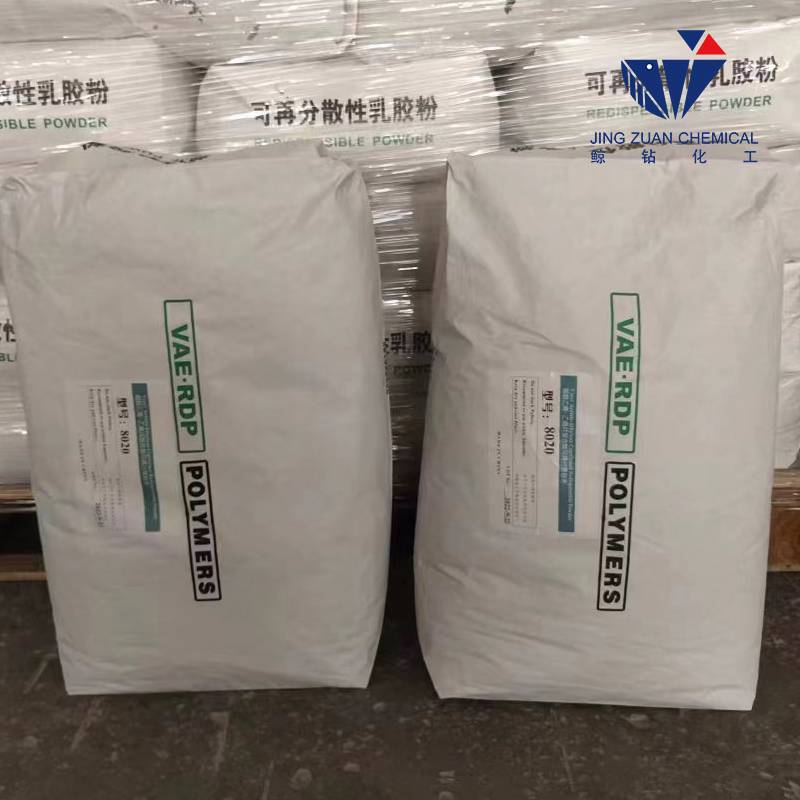
Nov . 08, 2024 19:17 Back to list
hydroxy methyl propyl cellulose
Hydroxy Methyl Propyl Cellulose A Versatile Polymer
Hydroxy Methyl Propyl Cellulose (HMPC) is a non-ionic, water-soluble cellulose ether derived from natural cellulose. It is part of a class of polysaccharides that play a crucial role in a variety of applications ranging from pharmaceuticals to food processing and beyond. The unique properties of HMPC make it a favorite among manufacturers and formulators looking for effective and safe ingredients for their products.
Structure and Properties
The backbone of HMPC is the cellulose molecule, which is modified through chemical processes to introduce hydroxy and methoxy groups. These modifications enhance the solubility of cellulose in water and significantly improve its ability to form gels and films. HMPC is known for its excellent thickening, emulsifying, and binding properties. It forms a viscoelastic gel when mixed with water, providing a desirable texture in various formulations. The degree of substitution—how many hydroxyl groups are replaced—plays a vital role in determining the physical properties of HMPC, affecting everything from viscosity to gel strength.
Applications
One of the most significant applications of HMPC is in the pharmaceutical industry. It is used as a binder and thickener in various drug formulations, including tablets and suspensions. HMPC ensures uniform consistency and enhances drug release profiles in controlled-release formulations. Its biocompatibility and safety make it an ideal choice for medications intended for sensitive populations, such as children or the elderly.
hydroxy methyl propyl cellulose

In the food industry, HMPC serves as a stabilizer and thickener. It improves the texture of various food products, including sauces, dressings, and beverages. Additionally, it acts as a fat replacer in low-fat formulations, helping to maintain mouthfeel while reducing caloric content. The ability of HMPC to retain moisture also extends the shelf life of products, making it valuable for food manufacturers looking to meet consumer demand for healthier and longer-lasting options.
HMPC is also widely used in cosmetics and personal care products. It is found in lotions, creams, shampoos, and toothpaste, serving as a thickening agent and stabilizer. Its soothing properties benefit sensitive skin formulations, while its emulsifying characteristics help to blend oil and water phases effectively. Moreover, HMPC is often employed in the production of films and coatings, contributing to moisture retention and protection against environmental factors.
Environmental Considerations
As a cellulose derivative, HMPC is derived from a renewable resource, making it a more environmentally friendly option compared to many synthetic polymers. The sourcing of cellulose from wood pulp means that, when managed sustainably, HMPC has a lower environmental impact. Additionally, it is biodegradable, contributing to a lower ecological footprint when disposed of correctly.
Conclusion
Hydroxy Methyl Propyl Cellulose is a highly versatile polymer with a wide range of applications across numerous industries. Its unique properties, such as water solubility, thickening ability, and safety, make it an invaluable ingredient in pharmaceuticals, food, cosmetics, and personal care products. As the demand for natural and environmentally friendly products continues to rise, HMPC stands out as a reliable and sustainable choice for manufacturers seeking effective solutions in their formulations. With ongoing research and innovation, the potential for HMPC applications will likely expand even further, reinforcing its position as a vital ingredient in modern industries.
-
Versatile Hpmc Uses in Different Industries
NewsJun.19,2025
-
Redispersible Powder's Role in Enhancing Durability of Construction Products
NewsJun.19,2025
-
Hydroxyethyl Cellulose Applications Driving Green Industrial Processes
NewsJun.19,2025
-
Exploring Different Redispersible Polymer Powder
NewsJun.19,2025
-
Choosing the Right Mortar Bonding Agent
NewsJun.19,2025
-
Applications and Significance of China Hpmc in Modern Industries
NewsJun.19,2025







